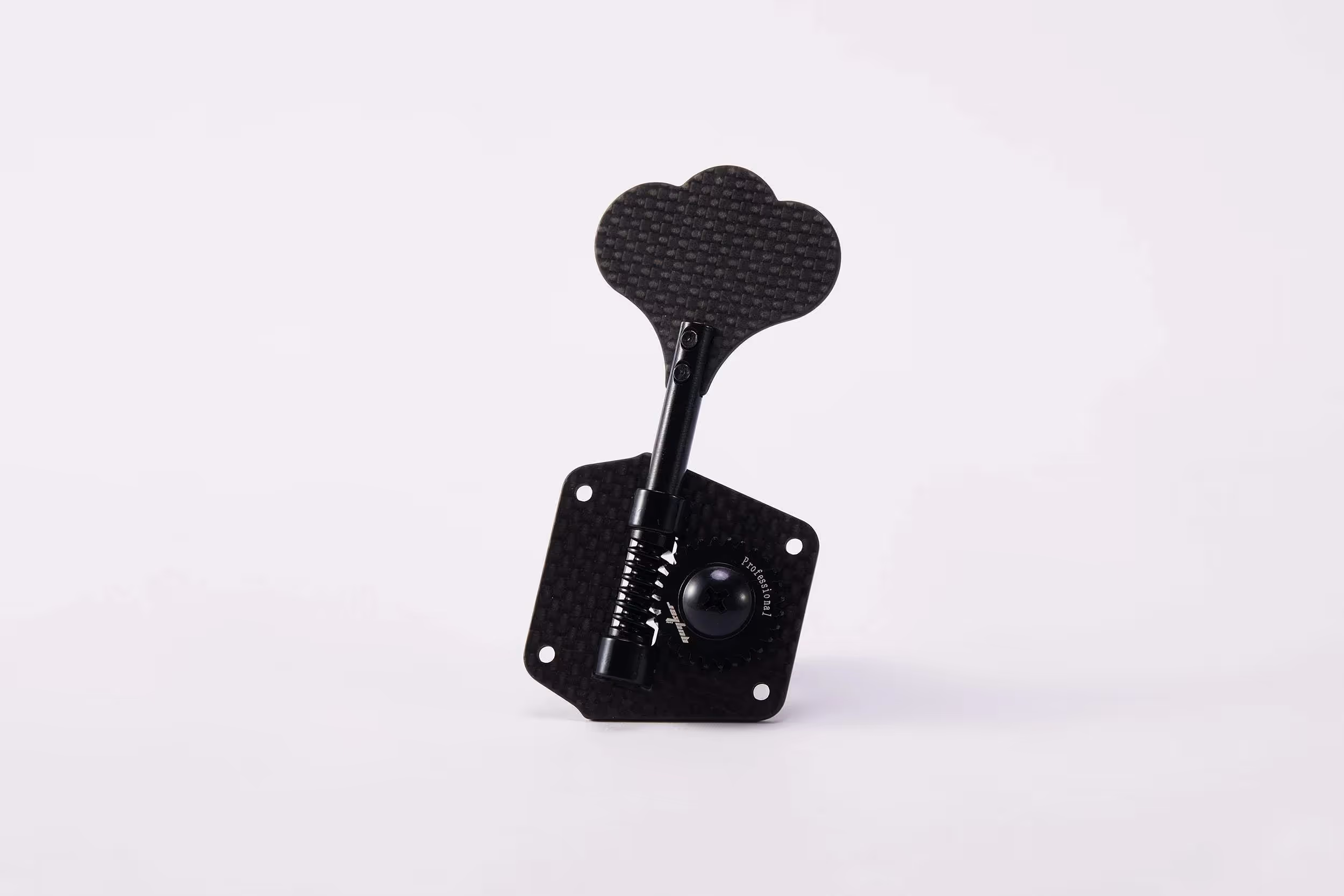
DAW is an acronym for digital audio workstation, which is software designed for recording editing and mixing audio.
If you’re looking to start making a beat, you will have heard the audio term DAW.
DAWs are essentially a virtual studio experience.
How you can use a DAW in music
You can organise your recorded instrument tracks effortlessly, compose with virtual instruments or use a variety of plugins to expand your creative possibilities. Popular DAWs like Ableton Live and Logic Pro have unique features which are used based on individual preferences.
#1 Record and edit audio
You can record vocals. Instruments or any sounds by having a microphone set up and hit record. Check out the best mics for podcasting here.
Easily set up a project, choose input sources, and adjust levels on the virtual mixer.
Editing your recording audio is also easy by simply cutting, copying, pasting, and applying fades for transitions. Most DAWs are intuitive which makes audio editing an easy creative flow.
#2 Compose with virtual instruments
DAWs allow you to explore the world of virtual instruments.
These are detailed digital instrumentation that you can play with without the physical instrument in front of you. Experiment with different sounds, genres, and textures, all digitally. Have full control over the sound by changing parameters, tweak settings, and layer multiple virtual instruments to create rich compositions.
You’ll just need a great MIDI controller to play the notes/data. The best MIDI controllers come in the form of keyboards or beat pads.
The ease at which DAWs handle virtual instruments allows artists and producers to explore endless creative possibilities. Just make sure to have a suitable laptop for music production to handle the heavy resource processing.
Whilst your DAW of choice will have built-in virtual instruments, there is a whole world of brands that specialise in this field. Kontakt and other brands have entire libraries that are only limited by what you can afford.
#3 Explore the world of plugins
Plugins extensions amplify your creative toolkit, offering a vast array of audio effects and enhancements.
DAWs seamlessly integrate plugins to sculpt your sound. The most common plugins used are reverbs and delays, EQs, and compressors. These elevate your audio, enhancing clarity, depth, and character. Most DAWs have their own “stock plugins” which are essentially free. There is a rich ecosystem of 3rd party plugins which integrate limited only by your wallet or imagination.
You can stack plugins on top of each, on vocals for example which are often referred to as vocal chains.
#4 Mixing 'in the box'
Mixing is the process in music production of blending your recorded instruments to achieve a cohesive sound.
An ongoing debate among mix engineers is whether this can be achieved solely in a DAW program. Rather than using additional hardware like mixing desks and real plugin units.
Mixing purely in a DAW is called ‘in the box’ as all the tools you’ll use are in there.
DAWs have a virtual mixer which enables meticulous control over levels, panning, and stereo placement. Mix engineers work at adjusting each parameter to achieve optimal clarity and coherence.
Examples of DAW brands
As with every other software program, DAW programs are launched via personal computers such as AppleMacs, Linux, and Windows. Some of the software’s main brand names include the likes of:
- Avid Pro Tools
- Steinberg Cubase
- Apple Logic Pro
- Audacity
- Cakewalk Sonar
- Adobe Audition
- MOTU Digital Performer
- Ableton Live and more
- Ardour
While there are tons of these players available in the music production market, every music producer and artist wants to use the best software to produce their songs and this is where the idea of listing these products and prioritizing them stirs up a debate of which one is the best option for music production. It is important to note that each software and player alike has its strengths and perhaps depending on the user (artist, musician or producer) and circumstance it is being used for.
For the purpose of this article, however, we should be as impartial as we possibly can as we highlight the attributes of these programs.
History of DAWs
Initially, there were 4 different types of music creating software program that existed as their own standalone programs. However, following the evolution of music production, these four individual program functions have all become fused into what we now know to be standard software DAWs.
The 4 types are a digital audio processor, music notation editor, virtual instrument, and MIDI sequencer.
- The digital audio processor is essentially a program designed for recording, editing, and mixing digital audio information.
- The MIDI sequencer is designed to record, edit and mix MIDI information.
- A virtual instrument a plug-in that accepts MIDI information then assigns it to various pre-recorded sampled sounds.
- A music notation editor enables users to create music by inputting notes straight on to a virtual stave. Essentially digital sheet music.
A modern DAW simply incorporates most of or all these four kinds of programs into their software to make a one-stop-shop for music creators. The simple combination of essential functions like a digital audio processor, music notation editor, virtual instrument, and MIDI sequencer, the software has evolved into an impressive tool for music production.
Best DAW?
Most people consider Pro Tools, Logic or Cubase to be the most popular but we believe that the “best” is very dependent on individual perspective and music production preferences.
While we have promised not to be biased in our judgment of each DAW, based on experience and functionality we say Pro Tools is perhaps the preferred DAW program in the music production business, closely followed by the trio of Logic, Ableton Live, and Cubase.
Your choice of digital audio workstation depends on what music you want to create and your preference of how to create it. It’s all about what works best for you!




